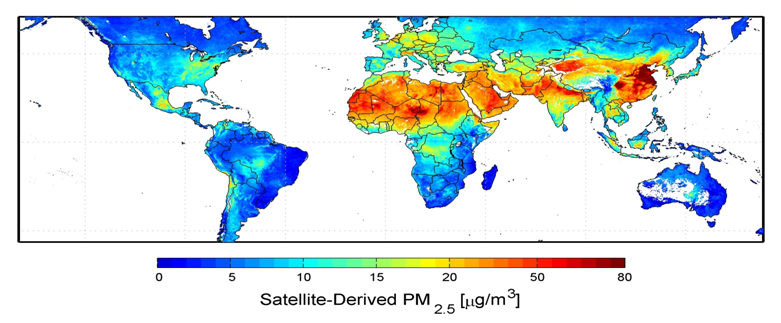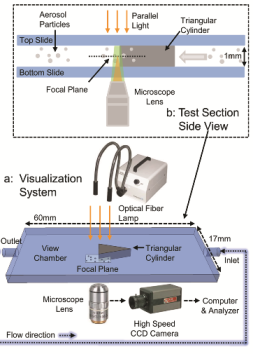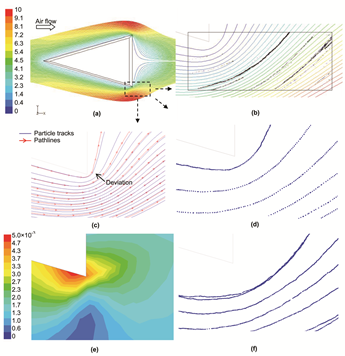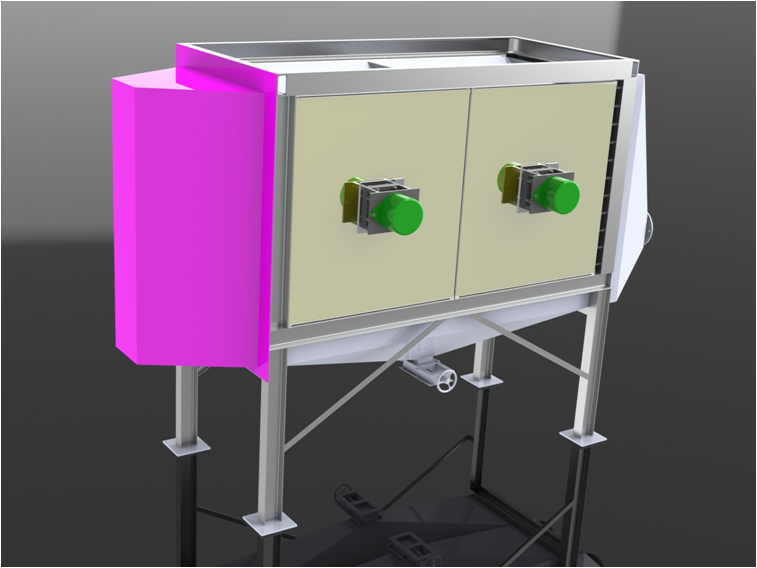Fine particulate matter e.g. PM2.5 has become a serious threat to the public health. Unfortunately the traditional technologies either provide a low-removal efficiency of fine particles or are highly energy-consuming. We probe into the details of the particle behaviors, and develop a comprehensive numerical scheme which is applicable to industrial-scale simulation. New method to remove the particles at low cost is proposed based on the optimization of particle-particle and particle-wall collisions.

Turbulence-induced agglomeration of fine particles/droplets in aerosol is important in various industrial as well as natural processes. In contrast to the abundant theoretical studies about turbulent collision kernels and DNS studies, convincing numerical scheme for large-scale application is lacking. In this work, we develop a comprehensive one in mixed Eulerian–Lagrangian approach to predict particle aggregation stochastically where the calculation cost is only 1% of the popular O’Rourke method. Benchmark simulations are performed and compared to a well-characterized experiment in the literature. The effect of the wall trapping is also investigated.
Figure 1 reveals the experimental setup for visulizing the Fine Particle Behavior in Complex Flow Fields. The microscopic behavior of individual fine particles in complex flow fields is far from clear. In this work a powerful visualization system integrated with an effective post processing method is developed and the particles with diameter of 1~5 microns in the laminar flow past a triangular cylinder are tracked. The particles are found well following the air flow pathlines, except near the base corners of the cylinder where the local microscopic Stokes number is large. At the same time significant fluctuations are observed along the particle tracks.
Figure 2 shows the simulation results of fine particles in aerosol. (a)Simulation result of particle track and velocity magnitude (mm/s) around the triangular cylinder; (b) comparison between particle tracks in simulation and experiment. The colored tracks are for simulation and the black ones for experiment; (c) comparison of particle tracks and pathlines; (d) simulation of particle position in different time steps considering Brownian motion effect; (e) distribution of micro-scale Stokes number; (f) simulation result of 50 nm particles Brownian motion.
 Figure 1
Figure 1  Figure2
Figure2Our innovative experimental design and investigations have led to an invention of a new type of mechanical precipitator with high removal efficiency (>98%), low pressure drop (<300 Pa) and effectivity for fine particles (down to 0.5 μm). This inspiring technique has been commercialized and practically applied in dust removal before denitration in Power Plant.
 Figure 3
Figure 3 Figure 4
Figure 4